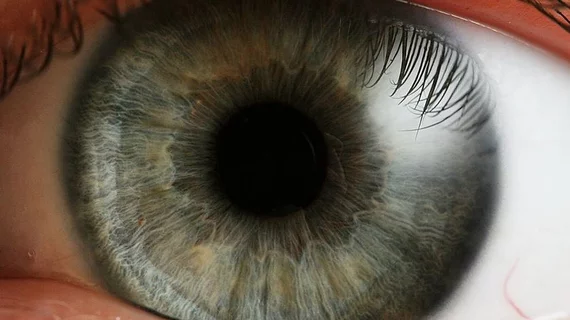Evidence shows eye scan may identify early Alzheimer’s Disease
Two new studies demonstrate further evidence that a new, noninvasive imaging technique can detect early Alzheimer’s Disease (AD) in seconds, according to research presented at the American Academy of Ophthalmology’s annual meeting in Chicago.
Using optical coherence tomography angiography (OCTA), researchers at Duke University in Durham, North Carolina, compared the retinas of Alzheimer’s patients to those with mild cognitive impairment and health subjects. In the AD group they noticed the loss of small retinal blood vessels in the back of the eye and that a specific area of the retina was thinner.
These findings were concurrent with their hypothesis that the changes in the eye may reflect changes in the blood vessels and structure of the brain.
In the second study, a team from Sheba Medical Center in Israel examined 400 people with a family history of AD, but no sign of the disease themselves. Comparing their retina and brain scans, the team found the inner layer of the retina to be thinner in those with AD in their family. Additionally, the hippocampus had already begun to shrink—both factors were associated with lower cognitive test scores.
“A brain scan can detect Alzheimer’s when the disease is well beyond a treatable phase,” said lead researcher Ygal Rotenstreich, MD, an ophthalmologist at the Goldschleger Eye Institute at Sheba Medical Center, in a release. “We need treatment intervention sooner. These patients are at such high-risk.”

